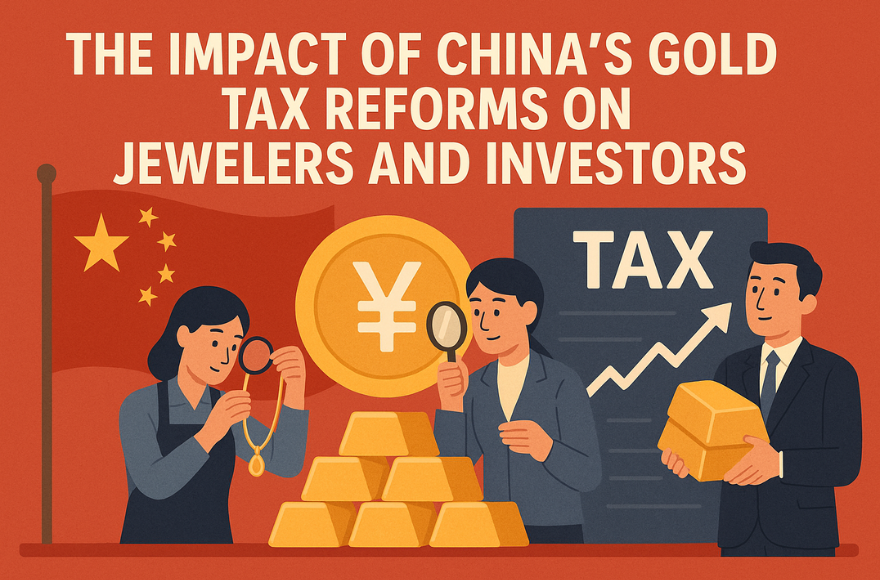
Gold has long been the cornerstone of wealth and stability. But recent tax reforms in China, the world's largest consumer of the precious metal, have thrown a wrench in the works. The changes, announced over the weekend, have scrapped long-standing incentives for some gold retailers, leaving Chinese jewelers and smaller firms in the gold sector to bear the brunt. This development has raised concerns among investors and stakeholders in the gold business, triggering a need for a comprehensive analysis of the implications.
The eliminated incentives were part of a tax structure that favored gold sellers. The removal of these incentives is expected to result in higher costs for gold retailers, which could translate into increased prices for consumers. This could in turn affect demand for gold jewelry in the domestic market, potentially impacting the revenues of jewelers and firms in the gold sector.
This tax reform comes at a time when China is grappling with economic uncertainties, including a cooling property market and rising global commodity prices. The move seems to be part of the government's broader strategy to reform its tax system and improve fiscal revenues. However, its implementation could pose significant challenges for the gold industry, particularly for smaller firms which lack the financial buffer to absorb these additional costs.
For investors, these changes could alter the landscape of the gold market in China. The potential increase in gold prices could deter retail investors, while institutional investors might reassess the profitability of investing in Chinese gold businesses. This could lead to a shift in investment patterns and a potential redirection of capital to other sectors or markets.
Despite the anticipated challenges, this development could also present opportunities. For instance, jewelers might explore innovative strategies to mitigate the effects of these tax changes, such as diversifying their product offerings or enhancing their marketing efforts. Meanwhile, investors might see potential in under-tapped segments of the gold industry, like gold mining or gold-backed financial products.
Looking at the wider picture, these tax changes could influence the dynamics of the global precious metals market. China is a major player in this market, and any significant shift in its domestic gold industry could have ripple effects across the globe. This could affect gold prices and trading volumes, influencing the investment decisions of global investors and the strategies of international gold businesses.
In conclusion, while the recent tax changes in China's gold industry might present challenges in the short term, they could also catalyze strategic shifts and open new avenues for growth in the long run. As the situation unfolds, stakeholders in the gold business - from jewelers to investors - will need to stay vigilant, adapt to the changing landscape, and seize the opportunities that arise.

 Next
Next
Comments (0)
Leave a comment